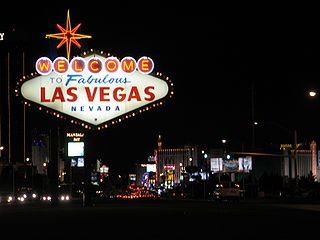Bill McKibben’s Fossil Fuel Divestment – A Skyrocketing Success



If you’re a Canadian farmer, you’re experiencing another happy accident: warmer and longer growing seasons. The problem is that the bad effects greatly out number the good – even in the narrow scope of vegetation. As climate change continues, vast regions of currently arable land will become deserts.


Wind energy – maybe one thinks of old wooden windmills and tulips when they think of wind energy, but reality shows new state of the art wind turbines that have the capacity to power around 250 homes from a single megawatt of wind energy. These sleek, modern machines are becoming more and more visible throughout the world.
The United States ranks third in the world, only behind Germany and Spain, when it comes to wind energy development and installed wind energy, according to National Geographic.
The U.S. actually has the two largest wind farms, both based in Texas. Iowa is a runner up in production of wind megawatts from wind, followed by California, according to the American Wind Energy Association. (more…)

The homeowners pay a “low monthly fee” and can start saving money from day one without any upfront costs. Here`s an example, taken from Affordable Solar`s press release, to illustrate what kind of amounts we`re talking about: (more…)

However, just because most of the American population acknowledges the existence of climate change doesn’t mean they’re planning to do anything about it.
Another study carried out by Gallup found that only 30% of Americans have significant concerns about this issue.
This statistic brings up an interesting question. Should more of the people who acknowledge climate change care about it, or is this minority percentage just overreacting? (more…)

I bring this up because I’m planning to attend CSP Today’s conference in Las Vegas later this month, June 26/27. If anyone happens to be in the area and wants to meet for a cup of coffee, please let me know.

I don’t dispute this, as I’m not sure it’s possible to prove or disprove the idea. I’m reminded of a conversation I had with my daughter just yesterday when she remarked how much our family dog (“Batman” – pictured here) loves us. “He sure does,” I agreed, “Though it’s never been clear to me what actually motivates that. For instance, isn’t it possible that dogs are simply smart enough to know how to treat the people in their lives from whom they want affection (and food) in return?”
In any case, I often think about our human society and what it’s going to take for us to survive the next 100 years, given that our exponential growth in resource consumption (more…)

A gating factor, understandably, is concerns for safety, which itself suggests that we would do well to expand our commitment to building bike lanes, making it more obvious to everyone that bicycling is an important component in our overall transportation mix, especially as a tool to relieve urban congestion.
And here’s another wrinkle: Emcycle. Since we want to encourage bicycling but we’re concerned about safety, this represents a pretty cool solution. If anyone wishes to know more, please let me know.